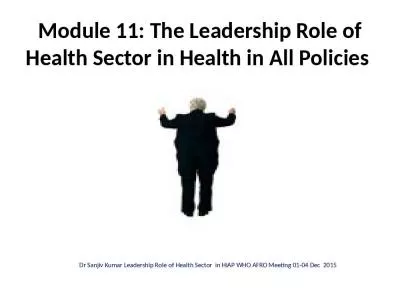PPT-We all have a role:
Author : olivia-moreira | Published Date : 2015-10-25
Building social capital among youth in care Presentation Outline Profile of youth in care Risks to social capital Sources of social capital Family Community School
Presentation Embed Code
Download Presentation
Download Presentation The PPT/PDF document "We all have a role:" is the property of its rightful owner. Permission is granted to download and print the materials on this website for personal, non-commercial use only, and to display it on your personal computer provided you do not modify the materials and that you retain all copyright notices contained in the materials. By downloading content from our website, you accept the terms of this agreement.
We all have a role:: Transcript
Download Rules Of Document
"We all have a role:"The content belongs to its owner. You may download and print it for personal use, without modification, and keep all copyright notices. By downloading, you agree to these terms.
Related Documents

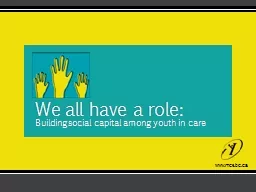




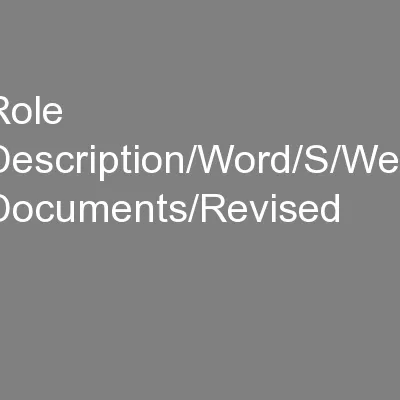

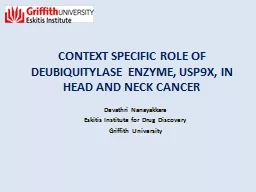
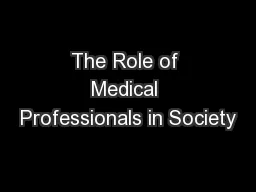
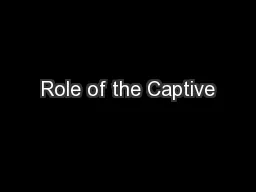
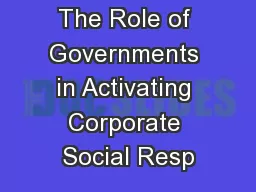
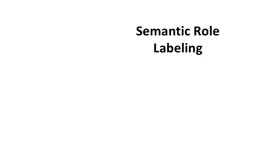
![[READING BOOK]-What the fuck is my password: An Organizer for All Your Passwords and Shit,](https://thumbs.docslides.com/972275/reading-book-what-the-fuck-is-my-password-an-organizer-for-all-your-passwords-and-shit-floral-organizer-for-all-your-passwords-and-shit-abstract-tropical-design-all-the-fucking-passwords-i-have-to-remember.jpg)
